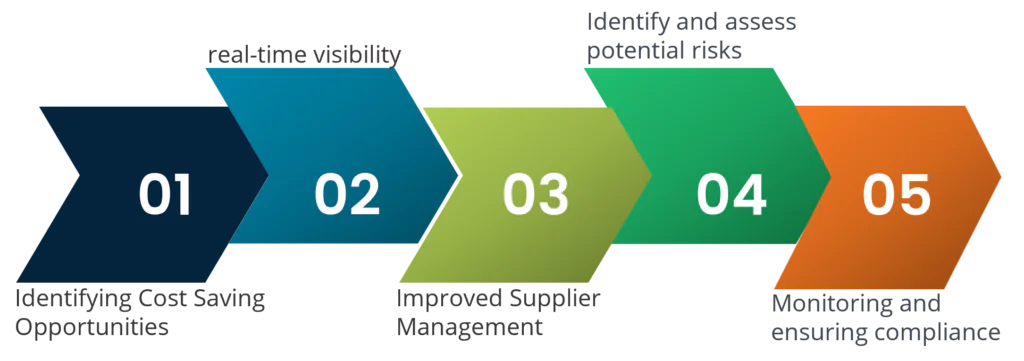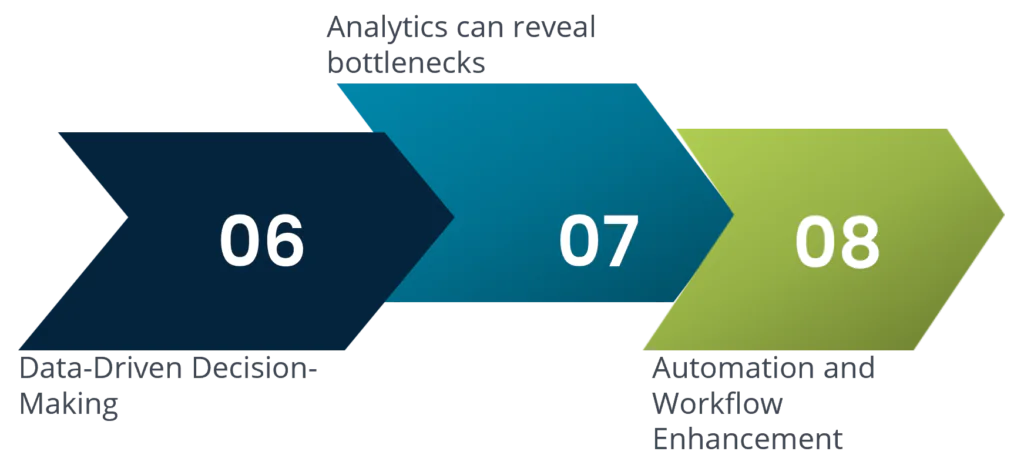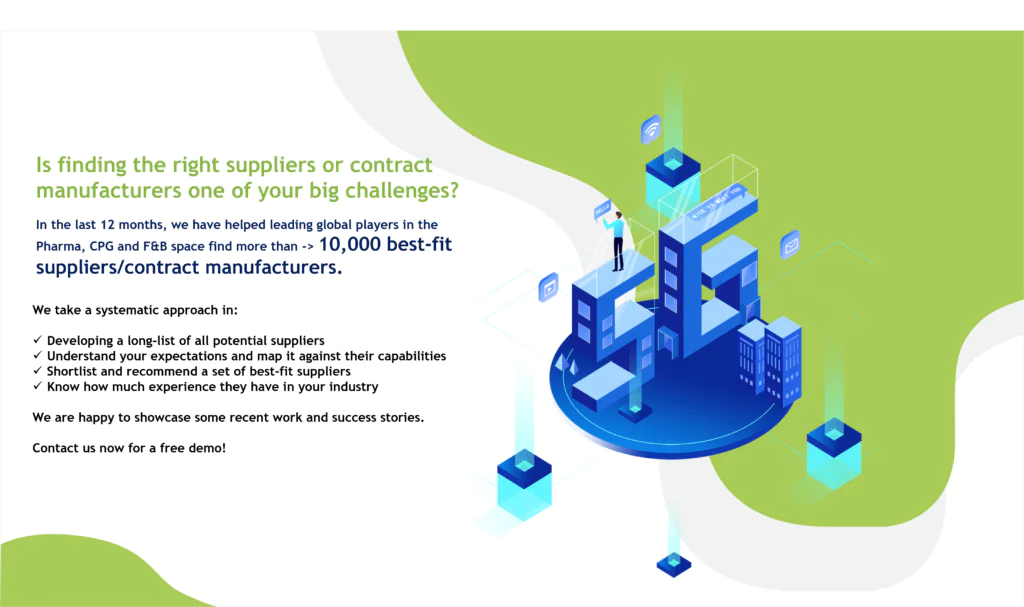By: Manpreet Kaur
Many organizations have a strategic sourcing program in place. However, strategic sourcing can go beyond just cutting costs and have a significant impact on a company’s finances and future growth. Usually, companies do not question their spending if it appears to be within their budget. This is where companies make a mistake. Focusing on the budget is not the right way to analyze a company’s spend. Spend analysis is a crucial organizational process that helps procurement teams identify the next best steps in the sourcing process. It helps them determine where the most profitable savings opportunities lie and how to prioritize sourcing resources.
The importance of procurement functions has been highlighted in recent weeks due to the urgent need to quickly acquire personal protective equipment (PPE) and other critical supplies. However, other aspects of procurement are often overlooked, such as managing complex global supply chains, supporting financially struggling suppliers, and reviewing and prioritizing spending in response to urgent needs.
Here are some of the key advantages of utilizing procurement and spend analytics solutions

Procurement and spend analytics solutions are essential tools for businesses looking to streamline their procurement processes, cut costs, and improve their overall operational efficiency. These solutions use advanced data analysis and technology to provide valuable insights into a company’s spending habits, supplier relationships, and procurement performance. By leveraging these insights, businesses can achieve a range of benefits and optimize their operations.
Identifying Cost Saving Opportunities:
Analytics solutions unveil cost-saving opportunities by dissecting historical spending data, supplier performance, and market trends. This insight empowers organizations to negotiate improved supplier contracts, consolidate purchases for efficiency, and trim unnecessary expenditures. By leveraging data-driven decision-making, businesses can optimize procurement strategies, enhance negotiation outcomes, and align purchasing practices with budgetary goals. This proactive approach not only drives financial savings but also fosters a more strategic and efficient utilization of resources within the organization.
Procurement analytics tools offer real-time visibility:
Procurement analytics tools provide real-time visibility into a company’s spending patterns, locations, and expenditures. This transparency empowers businesses to pinpoint areas for cost reduction, eliminate wasteful spending, and enhance decision-making in procurement. By accessing immediate insights into financial outflows, organizations can make informed choices, optimize budget allocation, and foster a culture of fiscal responsibility. This visibility not only improves financial efficiency but also ensures that resources are strategically utilized, contributing to a more cost-effective and sustainable procurement strategy.
Improved Supplier Management and Collaborations:
Analytics solutions enable companies to evaluate and compare the performance of their suppliers. By monitoring metrics such as delivery time, quality, and pricing, organizations can make informed decisions when choosing and managing suppliers. These tools promote improved communication and collaboration with suppliers, resulting in more efficient and mutually beneficial relationships. For example, businesses can partner with suppliers to simplify processes, decrease lead times, and optimize inventory levels.
Procurement analytics can help identify and assess potential risks:
Procurement analytics plays a vital role in identifying and assessing potential risks linked to suppliers, including financial instability, geopolitical challenges, and quality issues. By proactively analyzing this information, organizations can manage and mitigate supply chain risks more effectively. This foresight enables timely interventions, such as diversifying suppliers or implementing contingency plans, fostering resilience. Ultimately, the ability to scrutinize supplier-related risks empowers organizations to make informed decisions, ensuring the stability and reliability of their supply chains in dynamic and uncertain business environments.
Monitoring and ensuring compliance with regulations:
Procurement analytics solutions play a crucial role in monitoring and ensuring compliance with regulations and corporate governance policies. By systematically analyzing procurement activities, these solutions mitigate the risk of legal and reputational issues. They provide real-time insights into adherence to established guidelines, helping organizations maintain a transparent and compliant procurement process. This proactive approach not only safeguards against potential pitfalls but also reinforces a culture of ethical and responsible procurement, reducing the likelihood of legal complications and preserving the organization’s reputation.

Data-Driven Decision-Making and Performance Benchmarking:
Analytics solutions provide businesses with data-driven insights that help them make informed decisions about their procurement strategies. By identifying trends and opportunities, companies can adapt to changing market conditions and gain competitive advantages. Organizations can compare their procurement performance with industry benchmarks and best practices, setting goals for improvement. Additionally, analytics solutions empower organizations to optimize supplier relationships, enhance negotiation tactics, and achieve cost savings. By leveraging data-driven decision-making, businesses foster agility, continuously improve processes, and align procurement strategies with industry standards for sustained competitiveness and excellence.
Analytics can reveal bottlenecks, inefficiencies, and redundancies:
Analytics unveil bottlenecks, inefficiencies, and redundancies in the procurement process, allowing businesses to streamline operations. By pinpointing these areas, organizations can enhance efficiency, trim unnecessary steps, and decrease the time and effort needed for procurement. This insight enables process optimization, fostering a leaner and more agile procurement framework. As a result, companies can expedite their procurement cycles, reduce operational costs, and enhance overall productivity, contributing to a more effective and resource-efficient procurement ecosystem.
Automation and Workflow Enhancement:
Procurement analytics seamlessly integrates with various systems, facilitating workflow automation and enhancing process efficiency. This integration minimizes manual data entry and paperwork, allowing for a streamlined procurement process. By automating routine tasks, such as order processing and documentation, organizations can significantly reduce operational burdens. This not only accelerates procurement cycles but also frees up valuable human resources, enabling professionals to focus on strategic aspects of procurement. The result is a more efficient and digitally driven procurement ecosystem that optimizes resource utilization and reduces administrative overhead.

Contact us now to solve your procurement problems!
Author’s Details
Manpreet Kaur
Assistant Manager Presales – Sourcing and Procurement Intelligence
Manpreet is a presales specialist at Infiniti Research and has expertise in sales, business strategy execution, and innovative solution design. She is actively involved in supporting clients from F&B, CPG, Healthcare, Pharma, Chemicals, BFSI, Oil & Gas and Automotive sectors.




